Pirelli F1: softer compounds and new constructions for the 2013 tyres
Completely revolutionized range for 2013
Pirelli presents itself at the start of the 2013 Formula One season with the completely revolutionized range of P Zeros for dry and Cinturatos for wets, in agreement with the teams and in harmony with FIA rules. The evolution of the Pirelli F1 tyres, designed for the season that is about to open, concerns all construction aspects: the compounds, which become softer, the crown, which has been reinforced and the structures, which are less rigid.
The aim of these innovations, integrated with each other, is an increase in performance and greater thermal degradation, in order to have at least two stops per race and increase overtaking opportunities and strategic solutions available to the Teams. The appearance of the sidewalls also changes, with more immediately recognizable colors and an absolute novelty: orange, which replaces last year's silver to characterize the harder slick compound.
“The 2013 revolution follows the one already carried out by Pirelli last year compared to the 2011 range. The aim is to propose ever new challenges to the riders and eliminate the knowledge accumulated by the Teams during the previous season. The accumulation of information and experiences GP after GP meant, in fact, that after a spectacular start with a record of seven different winners in the first seven races, in the second half of the season the competition was less eventful and the pit stops were often reduced to one. A phenomenon that we observed both in 2011 and last year, which disappointed many fans and prompted some teams to ask us to develop new solutions capable of further livening up the races next season. The 2013 range shuffles the cards again with the aim of ensuring greater overtaking possibilities and 2-3 stops per race,” explained Paul Hembery, Pirelli Motorsport Director.
COMPUTER SIMULATIONS AND 7 THOUSAND KILOMETERS OF TESTS
The development of the 2013 P Zero and Cinturato kept Pirelli researchers busy last season with thousands of computer simulations, performed with sophisticated predictive processing programs developed by P Lungo technicians. The simulations, preceded by laboratory tests on the compounds, were integrated with the data collected in the season's Grand Prix and in the approximately 7 thousand kilometers traveled in the five private tests conducted by test drivers Jaime Alguersuari and Lucas Di Grassi on the R30 Renault, the test car which Pirelli adopted for its tests on the circuits of Jerez, Spa, Barcelona (two sessions) and on the Paul Ricard track (for the wet tests).
The debut of the 2013 range of Pirelli tires will take place in the Jerez winter tests at the beginning of February.
HOT COMPOUNDS, SOFT SIDES, HIGH PERFORMANCE
The distinctive feature of the 1 Pirelli F2013 tires is the overall softening of the compounds of all dry and wet solutions, which will result in faster reaching of the optimal temperature and faster performance of 0,5 seconds per lap for all tires compared to to last year.
The rapid evolution of Pirelli technologies has made it possible to give the new hard, the P Zero Orange, the same degree of softness as the compound used last year for the medium. The effect is that of a faster expected thermal degradation; Furthermore, it increases traction, which translates into more extreme performance in terms of lap speed, especially when exiting corners and in the braking-acceleration transition. The performance gap between the various compounds is over 5 tenths, a difference that last year was often lower, especially in the second part of the season. Extreme thermal degradation and performance differences between the compounds aim to encourage overtaking in all phases of the race.
11 SETS PER CAR ASSIGNED WITH THE BARCODE
Designed in the Pirelli laboratories in Milan, the F1 tires are produced in the Turkish factory in Izmit from where, having passed quality and uniformity checks, they reach the Plunga logistics center in Ditcot (UK) to then be distributed on the circuits. Also for 2013, each car will have 11 sets of tires available (between prime and option, i.e. the hardest and softest compound) for the entire weekend for a total of 1800 tires brought to the circuit by Pirelli for each race.
The allocation of each tire to each car occurs, according to FIA regulations, with a random assignment mechanism, managed by Federation officials, in which Pirelli has no role. Even before vulcanization, each tire has a bar code imprinted on the casing, which constitutes its identity card. Before the race, each code is assigned by draw to each team, so that not only the allocation of the tyre, but also the composition of the set, is completely random. The Pirelli Team on the circuit again this year is made up of around 55 people, including fitters, logistics and service workers, technicians and researchers. In particular, as in previous years, each Scuderia will have a dedicated Pirelli engineer.
Pirelli
if you want to always be updated on our news
Follow us here











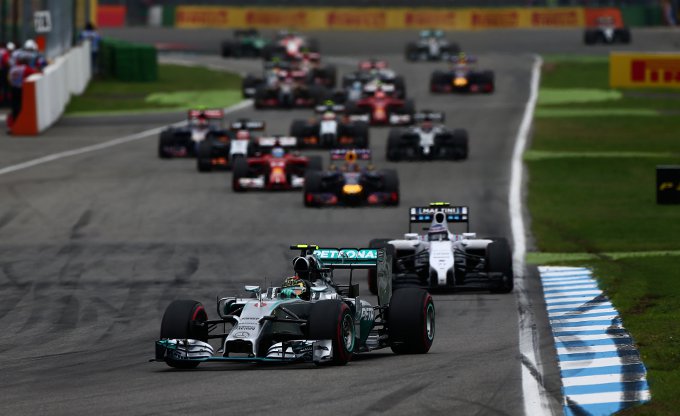
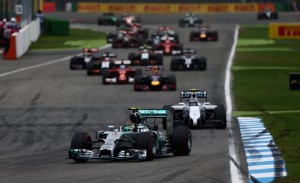


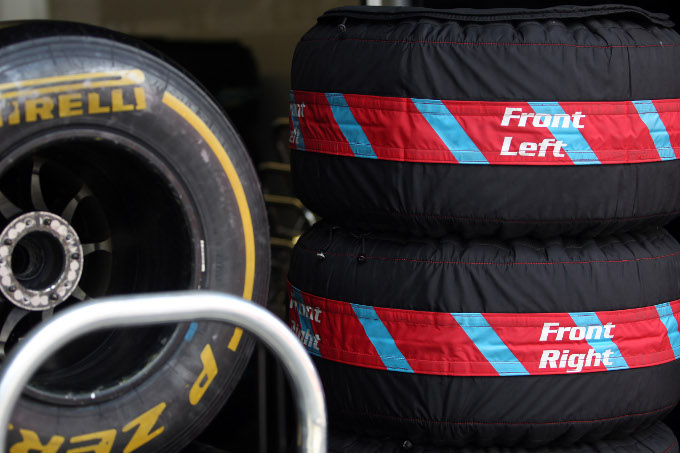
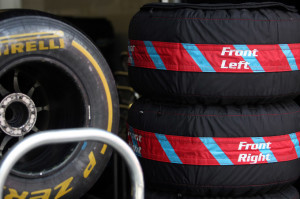
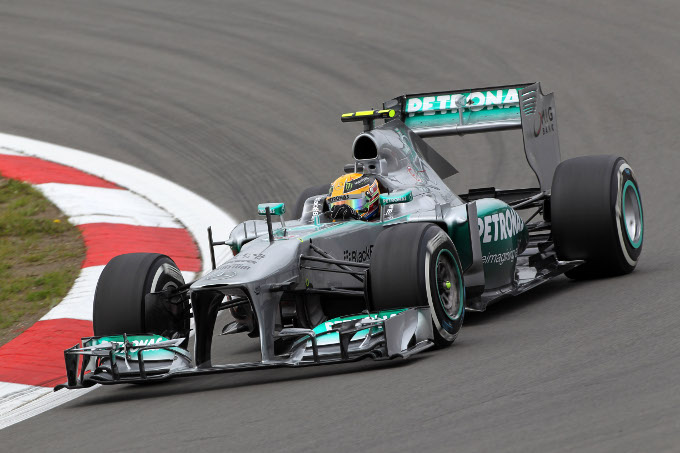
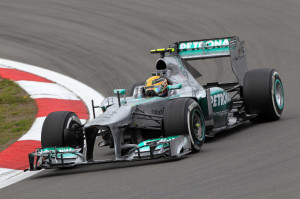
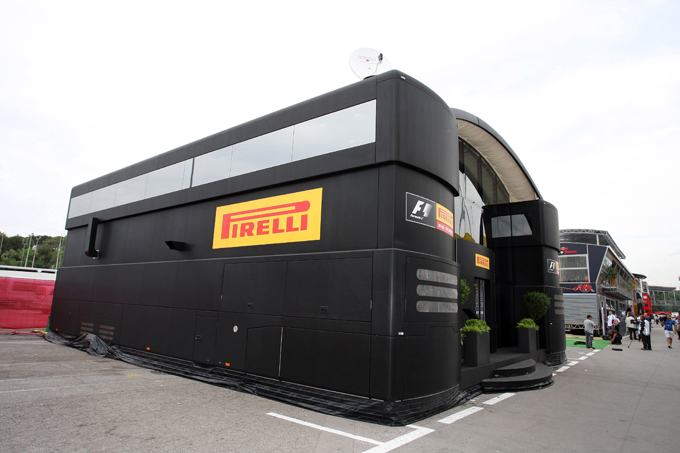
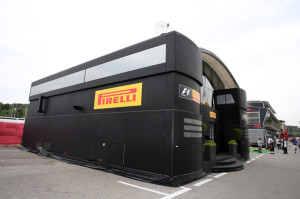
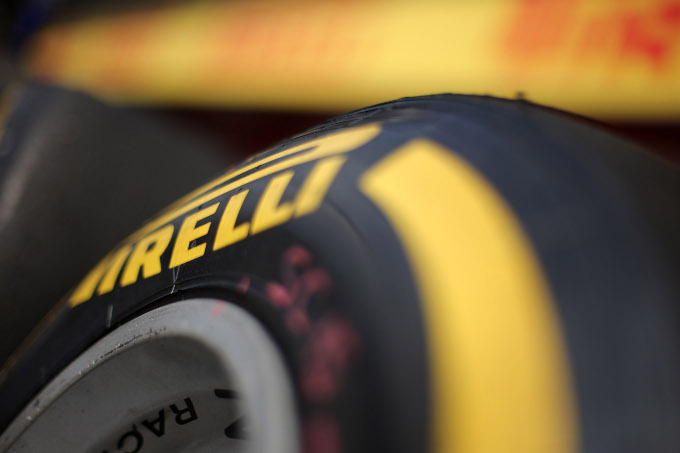
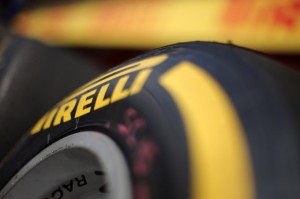
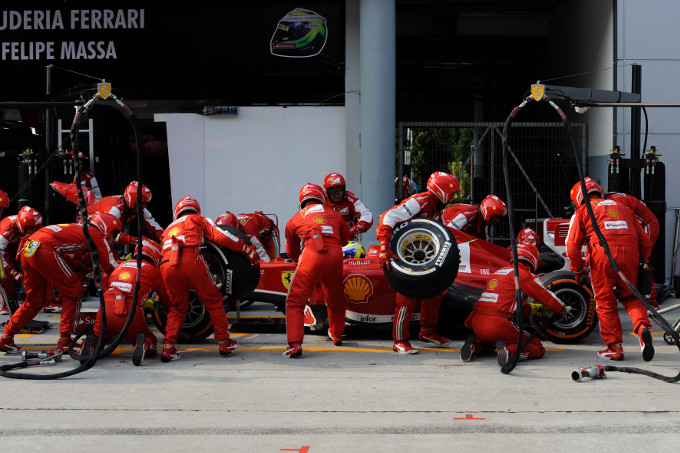
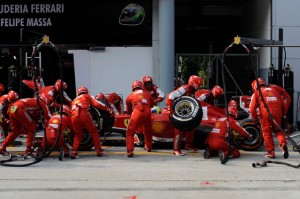

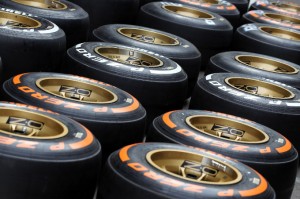


![Formula 1 | Capelli: “Newey in Ferrari? Right man at the right time” [VIDEO]](https://f1grandprix.motorionline.com/wp-content/uploads/2024/05/newey-ferrari-redbull-1024x548.jpg)
![Formula 1 | Capelli: “Newey in Ferrari? Right man at the right time” [VIDEO]](https://f1grandprix.motorionline.com/wp-content/uploads/2024/05/newey-ferrari-redbull-500x268.jpg)
![Formula 1 | Capelli: “Lambiase is the most important person for Verstappen” [VIDEO]](https://f1grandprix.motorionline.com/wp-content/uploads/2024/05/lambiase-f1-redbull-1024x553.jpg)
![Formula 1 | Capelli: “Lambiase is the most important person for Verstappen” [VIDEO]](https://f1grandprix.motorionline.com/wp-content/uploads/2024/05/lambiase-f1-redbull-500x270.jpg)









